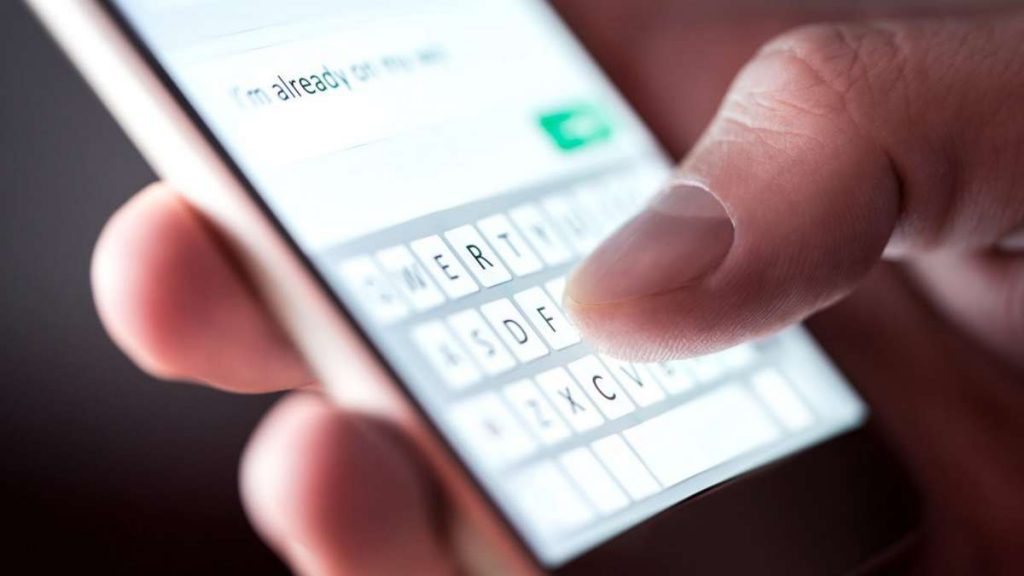With 18.7 billion texts sent every day around the world, it’s hard to think of a piece of technology that’s as ubiquitous as texting. Also known as short message service (or SMS), texting remains one of the most popular ways to communicate, even with the rise of internet-based instant messaging services such as Facebook Messenger and WhatsApp. SMS has come a long way since it was first developed in the 1980s. Let’s look back at the milestones in the history of texting.
The Many Fathers of SMS
While the Finnish Nokia engineer Matti Makkonen is the person the media refers to as the “father of SMS,” the man himself disagrees, saying in a text message interview with the BBC that the development of the text message is the work of several engineers.
Indeed, the SMS concept was first conceived by Friedhelm Hillebrand and Bernard Ghillebaert in 1984. The two engineers worked on the Global System for Mobile Communications (GSM), a standard that defines the protocols for the 2G digital cellular networks used by mobile phones.
It wasn’t until December 1992 when the first message was sent to a cellphone. Neil Papworth of Sema Group used a personal computer to send a text message to Richard Jarvis of Vodafone, who used an Orbitel 901 handset. The message? “Merry Christmas.”
Nokia released the first cellphones that could send text messages in 1993. According to Matti Makkonen, it was only in 1994 when Nokia released the cellphone that enabled easy writing of messages, specifically with the Nokia 2010. The Nokia 2010 could display two rows of text at a time and had symbols for battery and reception status as well as a text message notification.
The Evolution of Texting
With new designs for cellphones came new ways to send text messages. In 1997, Nokia released the 9000i Communicator, the first cellphone with a QWERTY keyboard. In 1999, people could finally send text messages to people with different service providers.
The new millennium saw different industries taking advantage of the global phenomenon that is texting. In 2003, the TV show American Idol started the “text to vote” trend. Viewers could pave the way to victory for their favorite contestant by texting their vote to a number displayed on their TV screens.
In 2007, the number of messages sent surpassed the number of calls made for the first time. The following year, Barack Obama’s historic win in the US presidential elections can be attributed partly to his “text to donate” campaign and the use of bulk text messages to reach his constituents.
The 2010s saw the rise of internet-based messaging services like Facebook Messenger, WhatsApp, Apple’s iMessage, and Viber. But even though Apple and Google quickly overshadowed Nokia, the granddaddy of mobile messaging, it seems like texting is here to stay.
Why SMS Remains Popular
While apps like Messenger and WhatsApp entered the public consciousness as quickly as texting did, they lack certain key features of SMS, which ensures that texting will not be going out of date anytime soon.
Text messaging is available on any mobile phone from the get-go; there’s no need to download anything. Internet-based messaging also requires that you have the same apps as the person you’re sending a message to, so if you have a client that uses WhatsApp but not Messenger, you better download WhatsApp, too. SMS does not have this disadvantage.
Reach Out to More Customers with Text Messaging
Whether you are marketing for your small business or a nonprofit, it’s always a good idea to consider marketing via SMS. Many studies show that people are more likely to read text messages than emails. There’s no spam folder in your SMS app, after all.
With services like Appointible, SMS marketing has never been easier. With Appointible, you can do bulk messaging and automated messages, reach customers worldwide with its access to 1000+ mobile networks across 200 countries, and more. Try Appointible to reach and engage more customers than ever before!

